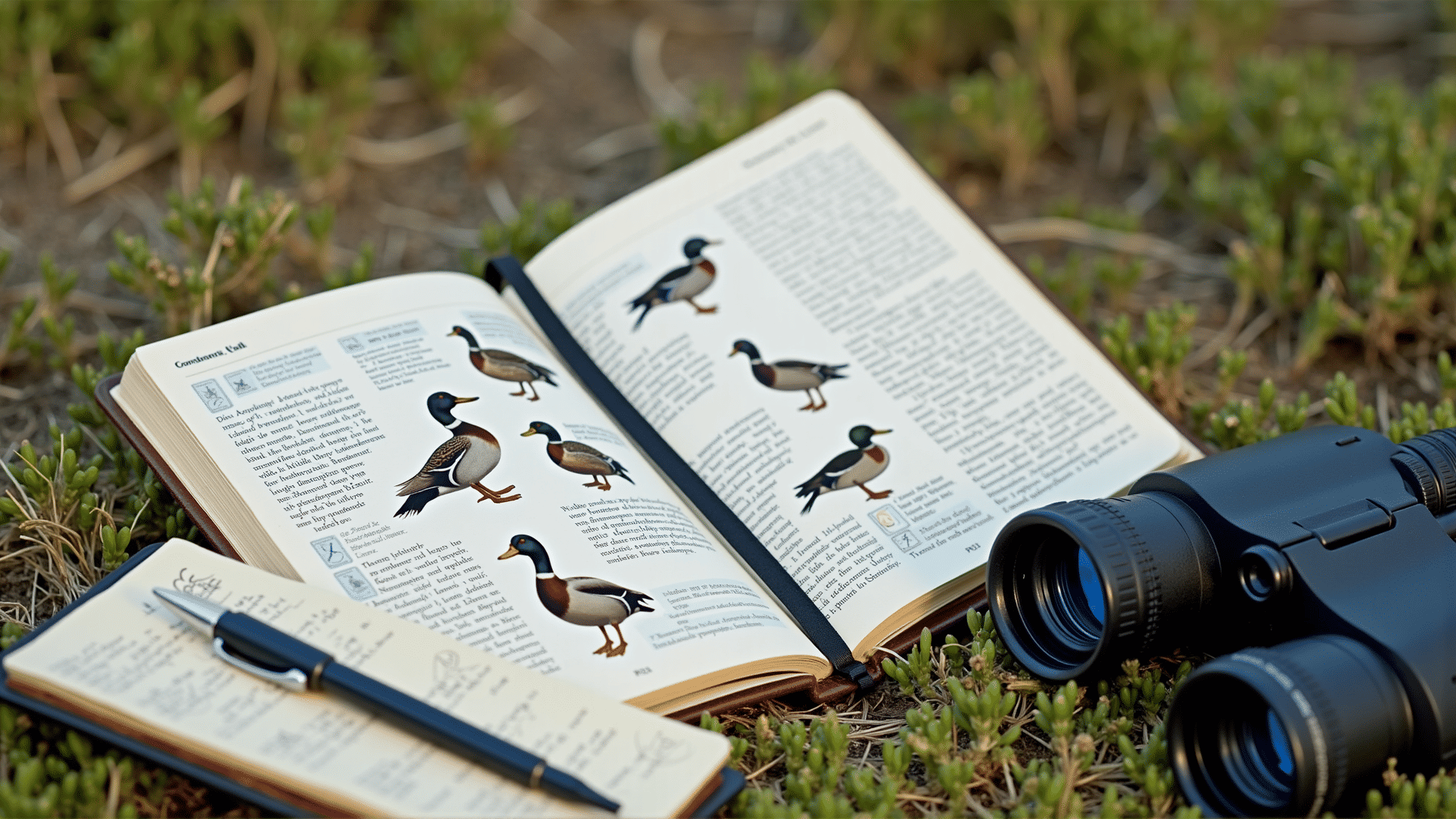Wild ducks are a fascinating and diverse group of waterfowl that can be found in different habitats around the world. From the iridescent plumage of northern species to the subtle beauty of more temperate breeds, wild ducks captivate both researchers and birdwatchers alike. This article aims to provide detailed information on a selection of wild duck species, highlighting their unique characteristics, habitats, and behaviors.
Mallard (Anas platyrhynchos)
One of the most recognizable and widespread duck species, the mallard is the ancestor of most domestic duck breeds. Males are easily identified by their glossy green heads, white neck rings, and chestnut-brown chests. Females, on the other hand, are mottled brown, providing them with excellent camouflage. Mallards are highly adaptable, thriving in a variety of wetlands including lakes, rivers, and marshes. They are omnivorous, feeding on aquatic vegetation, insects, and small fish.
Northern Pintail (Anas acuta)
Known for its elegance and long, slender neck, the northern pintail is a striking sight in the wild. Males boast a distinctive chocolate-brown head and white breast with a long, pointed tail, while females are a more uniform brown. This species favors open wetlands and shallow ponds where they can dabble and feed primarily on plant matter. Northern pintails migrate over long distances, breeding in the northern areas of Europe, Asia, and North America, then wintering as far south as Central America and sub-Saharan Africa.
Wood Duck (Aix sponsa)
Renowned for their stunning plumage, wood ducks are a favorite among birdwatchers. Males are particularly colorful with iridescent green and purple feathers, red eyes, and a distinctive white pattern along the head. Females are more subdued, with a gray-brown plumage and white eye ring. Wood ducks prefer wooded swamps and ponds for their nesting sites, often utilizing tree cavities for laying eggs. They feed on seeds, fruits, and insects.
Teal (Anas crecca)
Teal are among the smallest duck species, with a compact size that makes them agile flyers. The Eurasian teal is noted for its vibrant green wing patch and males displaying a striking chestnut head with a green eye stripe. Females are more camouflaged, boasting mottled brown feathers. Teals inhabit freshwater wetlands and are often seen dabbling near the water's surface to feed on vegetation, insects, and small mollusks.
Gadwall (Mareca strepera)
Although more understated in appearance, gadwalls are no less interesting. Both males and females display a subtle yet attractive pattern of gray and brown feathers, with males showcasing a distinctive black rear end. Gadwalls are typically found in marshes, lakes, and coastal lagoons where they predominantly consume aquatic plants. Their quiet demeanor and tendency to mix with other duck species often make them a subject of study in understanding social behavior and mating systems.
Shoveler (Anas clypeata)
Characterized by their unique spatula-shaped bills, shovelers are specially adapted for sifting through water to gather food. Males have bright green heads, white chests, and vivid chestnut flanks, while females exhibit mottled brown plumage. Shovelers frequent shallow wetlands and prefer to feed on plankton, insects, and plant matter. Their feeding behavior often involves swimming in circles to create currents, drawing small organisms within reach of their specialized bills.
Scaup (Aythya marila and Aythya affinis)
Scaups are diving ducks with a preference for deeper waters. The greater scaup and lesser scaup can be hard to distinguish, though the latter is slightly smaller with a more rounded head. Males of both species are recognized by their contrasting black heads, pale backs, and yellow eyes. Females, typically brown, also share these distinct yellow eyes. Both species nest in northern wetlands and migrate south during the winter months.
Conclusion
Wild ducks are an essential component of many ecosystems, providing a range of ecological services from seed dispersal to controlling insect populations. Their stunning variety and diverse adaptations also make them a fascinating subject for study and observation. Birdwatchers and researchers alike can find endless intrigue in the nuances of wild duck behavior, migration patterns, and habitat preferences, ensuring that these charismatic birds continue to inspire and educate for generations to come.
